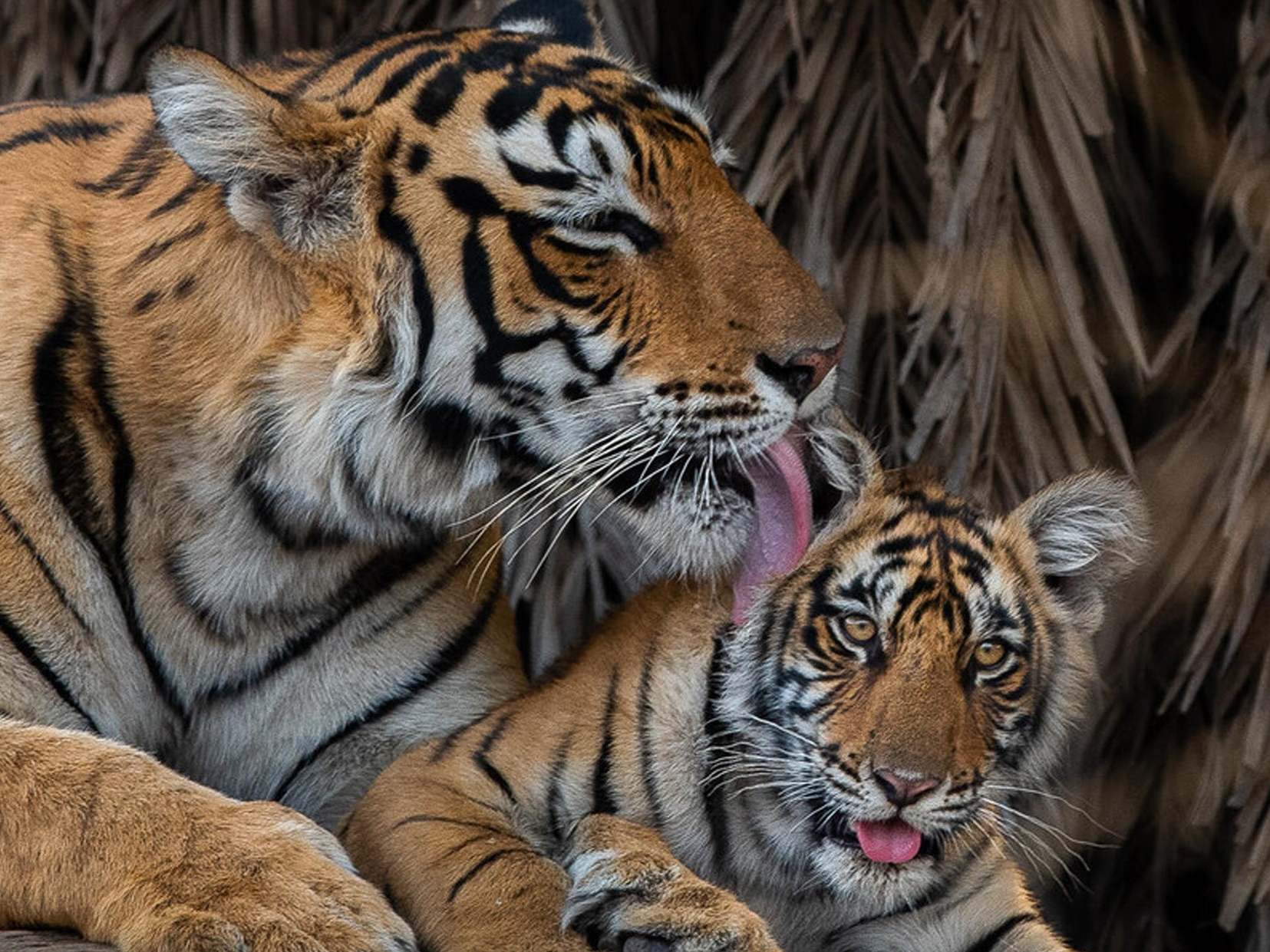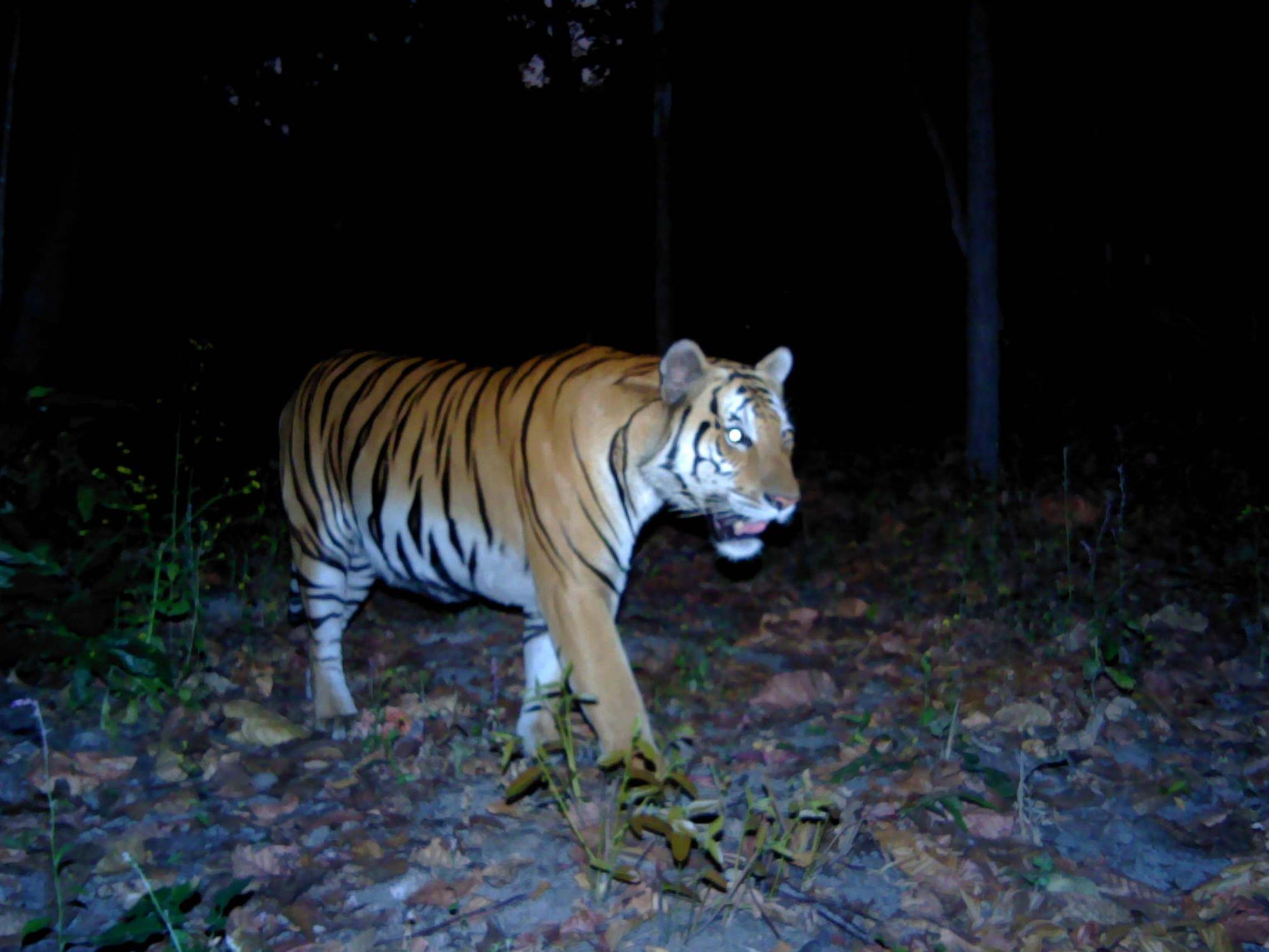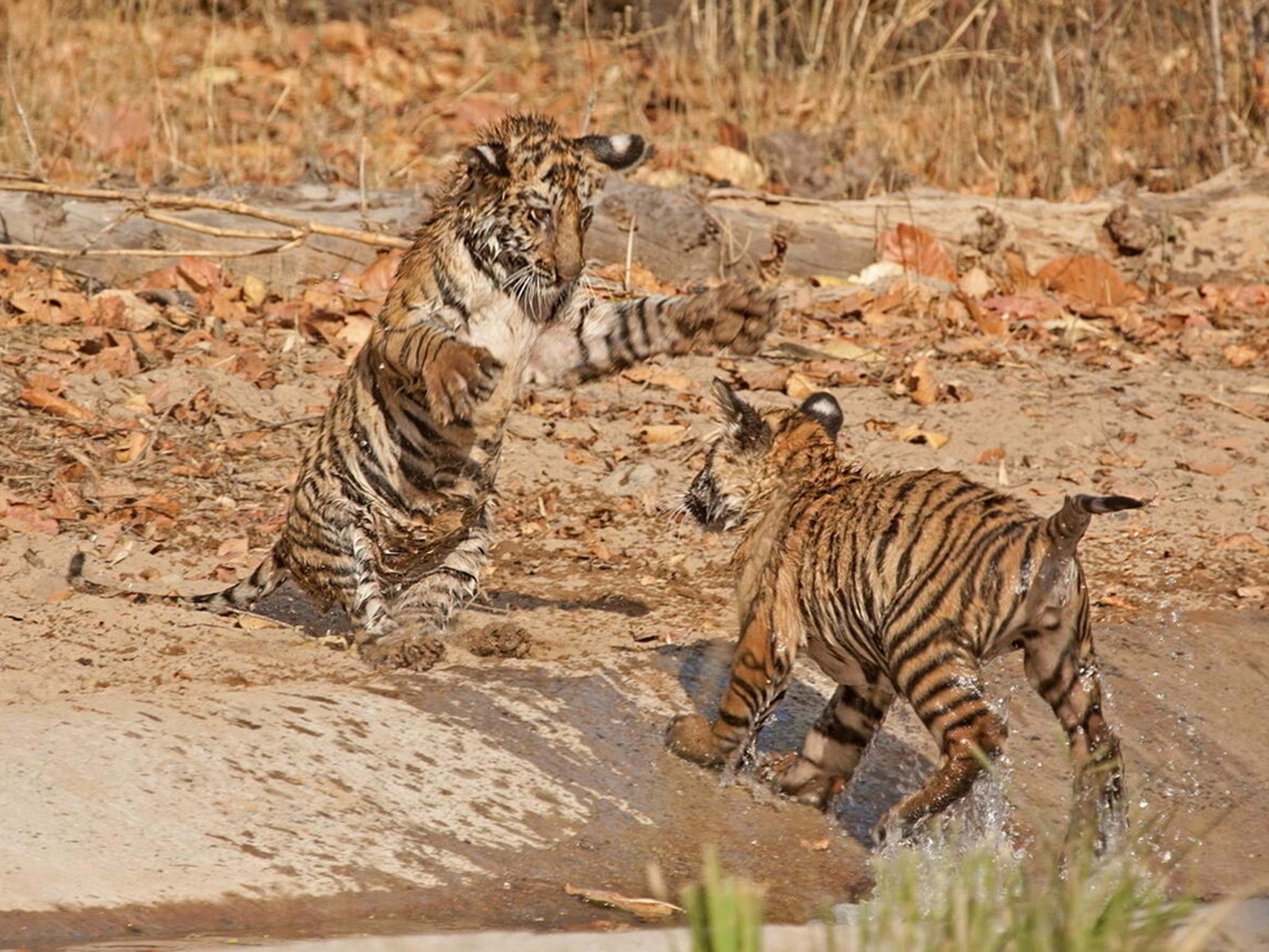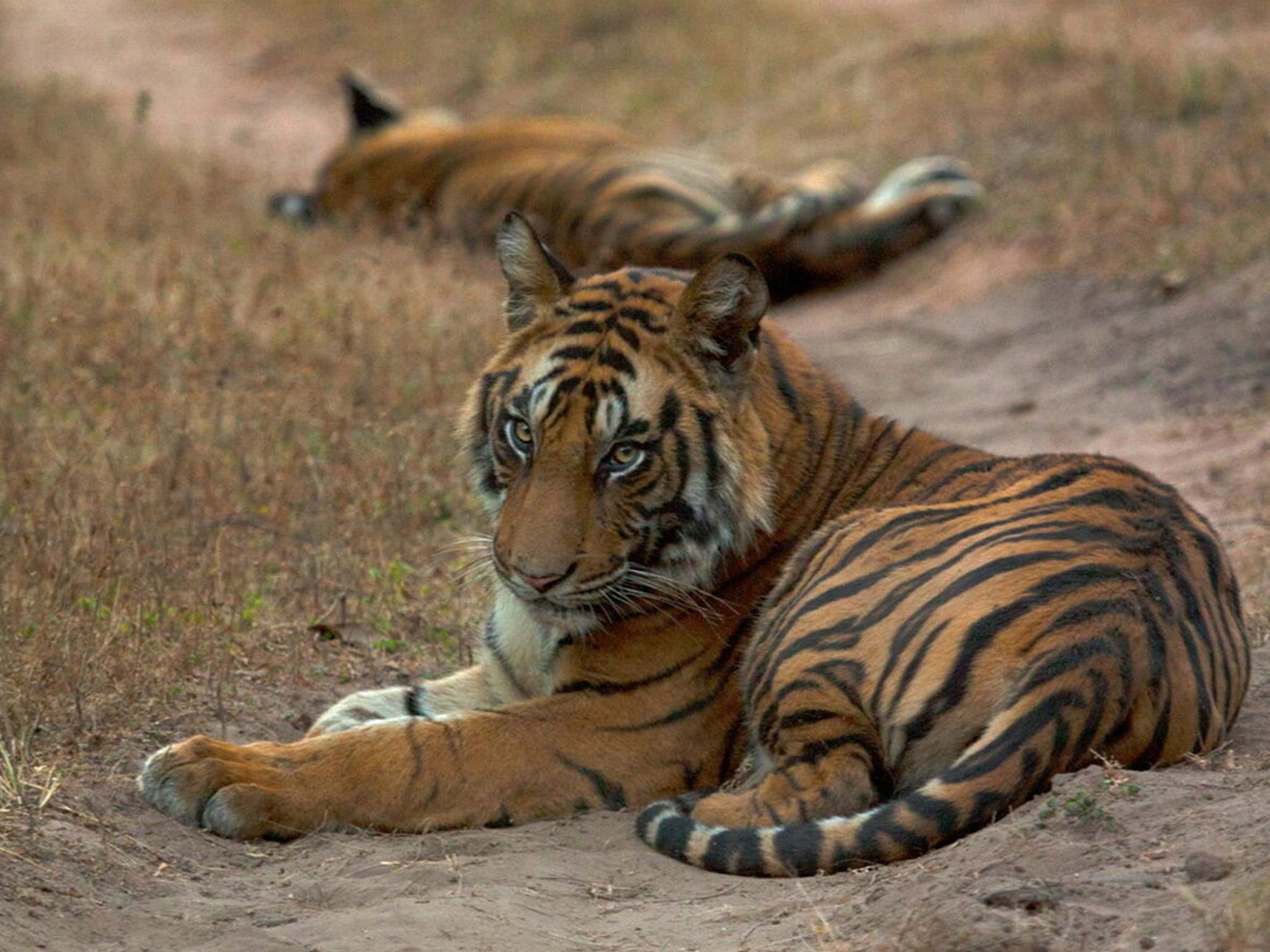‘Remarkable’: Environmentalists hail increasing number of tigers in five countries
Increasing numbers of big cats recorded in Bhutan, China, India, Nepal and Russia

Wild tigers have made a “remarkable” comeback in five of the countries where the endangered animal is found, conservationists have said.
Increasing numbers of the big cats have been recorded in Bhutan, China, India, Nepal and Russia, a decade on from the launch of an ambitious scheme to double the population of the species.
In 2010, when the TX2 initiative began, it was estimated wild populations of the big cat were at an historic low, with as few as 3,200 animals remaining across the 13 “range” countries where they are found.
But the team behind the scheme hope to double the number of tigers in the wild by 2022 — the next Chinese year of the tiger.
In India, the number of wild tigers has more than doubled from 2006 to 2018 and is estimated at between 2,600 and 3,350 animals — around three quarters of the world’s population.

Nepal’s population of tigers had nearly doubled by 2018, up from 121 individuals in 2009 to 235 just under a decade later.
The population in Nepal’s Bardia National Park alone has increased from just 18 tigers in 2008 to 87 in 2018, according to wildlife charity WWF.
Becci May, regional manager of Asian Big Cats at WWF UK, said: “Ten years ago, tigers were in such a perilous state, that there was a very real risk of them becoming extinct in the wild.
“From that population low in 2010, they are finally making a remarkable comeback in much of South Asia, Russia and China, thanks to co-ordinated and concerted conservation efforts in these countries.

“This is an achievement that not only offers a future for tigers in the wild, but for the landscapes they inhabit and the communities living alongside this iconic big cat.”
In Russia, Amur tiger numbers have increased by 15 per cent in the past 10 years to around 540 animals, and in Bhutan’s Royal Manas National Park the population has increased from only 10 tigers a decade ago to 22 in 2019.
In 2010, China had no more than 20 wild tigers, most of which had crossed the border from Russia.
But the country recorded a landmark moment in 2014 when camera traps captured footage of a tigress and her cubs in Jilin Wangqing Nature Reserve, indicating tigers were breeding in China again and dispersing into new areas.

There are still only around 3,900 tigers in the wild, where they are under threat from poaching for the illegal wildlife trade, and the destruction and breaking up of their habitat across much of their range, WWF said.
The organisation said the key to helping wild tiger populations recover is to focus on conserving landscapes where they can thrive and ensuring communities in these wildlife-rich areas are supported and included in conservation.
Additional reporting by Press Association
Join our commenting forum
Join thought-provoking conversations, follow other Independent readers and see their replies
Comments
Bookmark popover
Removed from bookmarks